
In a strategic turn of events that could shape the aerial capabilities of the U.S. military, proposed changes to the fiscal 2025 National Defense Authorization Act (NDAA) have challenged the Air Force’s plans to retire a part of its fighter fleet, including the esteemed F-22 Raptors and F-15E Strike Eagles.
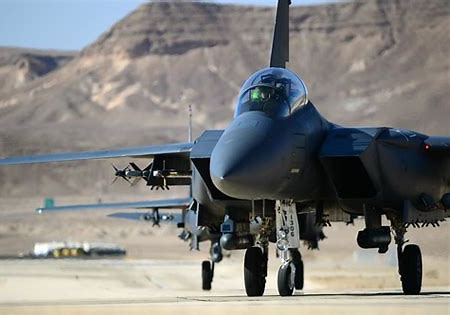
However, the House Armed Services Committee (HASC) blocked the retirement of these fifth-generation fighters, arguing their relevance for future conflicts.
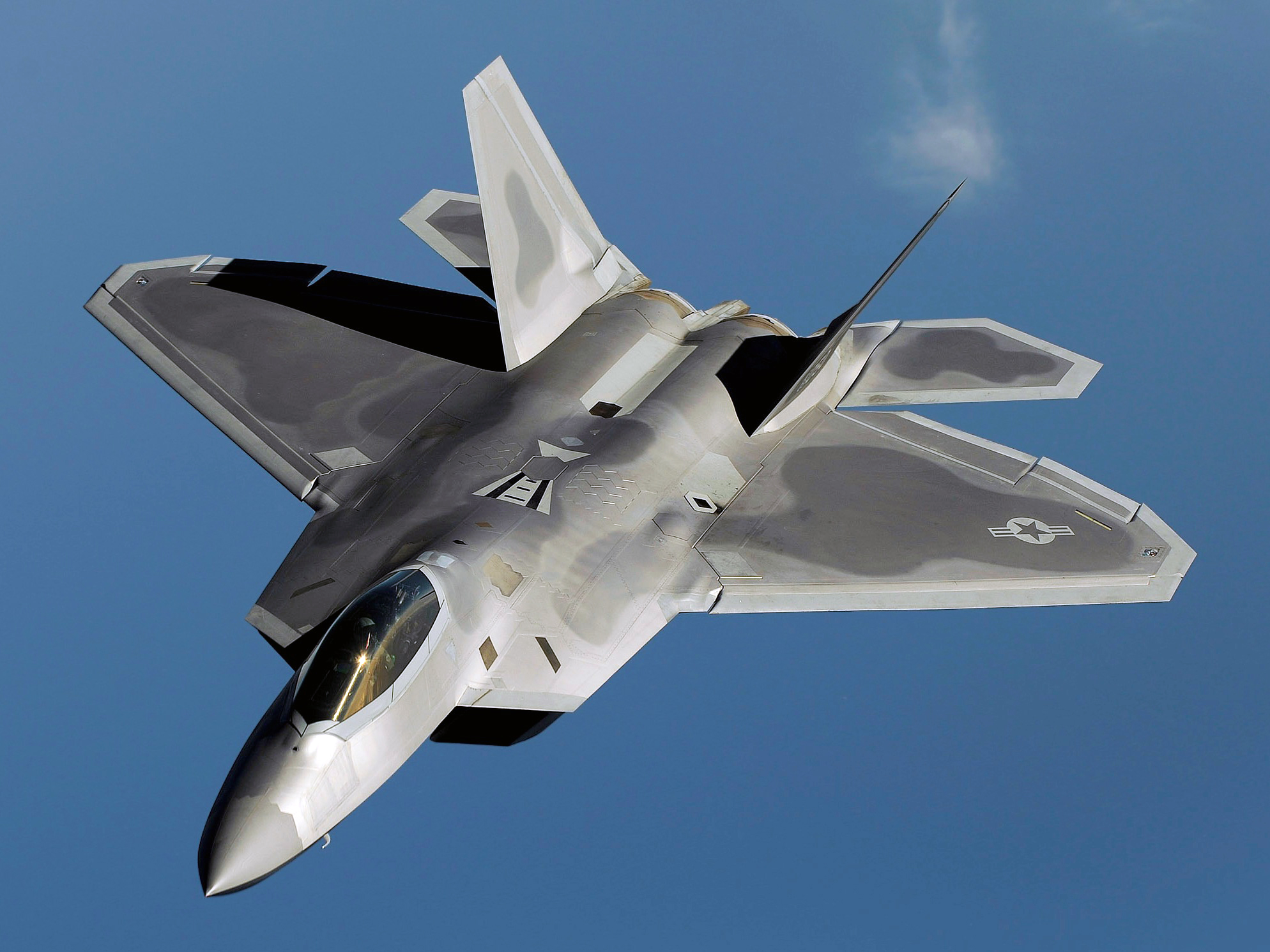
In the Pentagon’s Fiscal Year 2025 budget request, the U.S. Air Force sought to retire 250 aging aircraft, including 32 non-combat-worthy F-22 Raptors, aiming to save $2 billion.
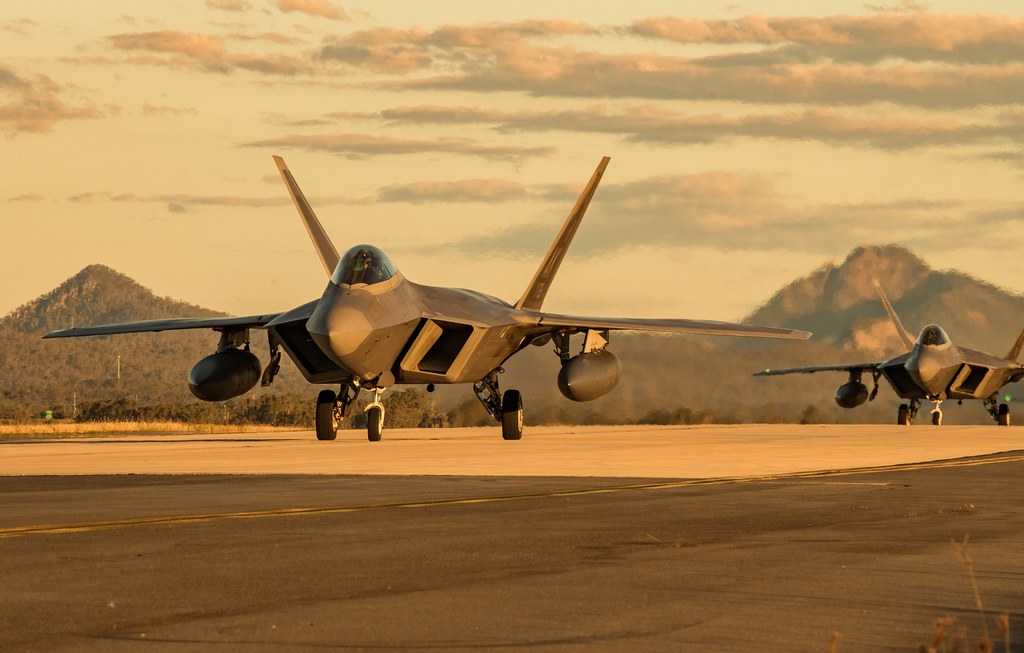
This ambitious plan targeted aging models such as 32 F-22A Raptors, 26 F-15E Strike Eagles, and a damaged B-2 Spirit stealth bomber, among others.
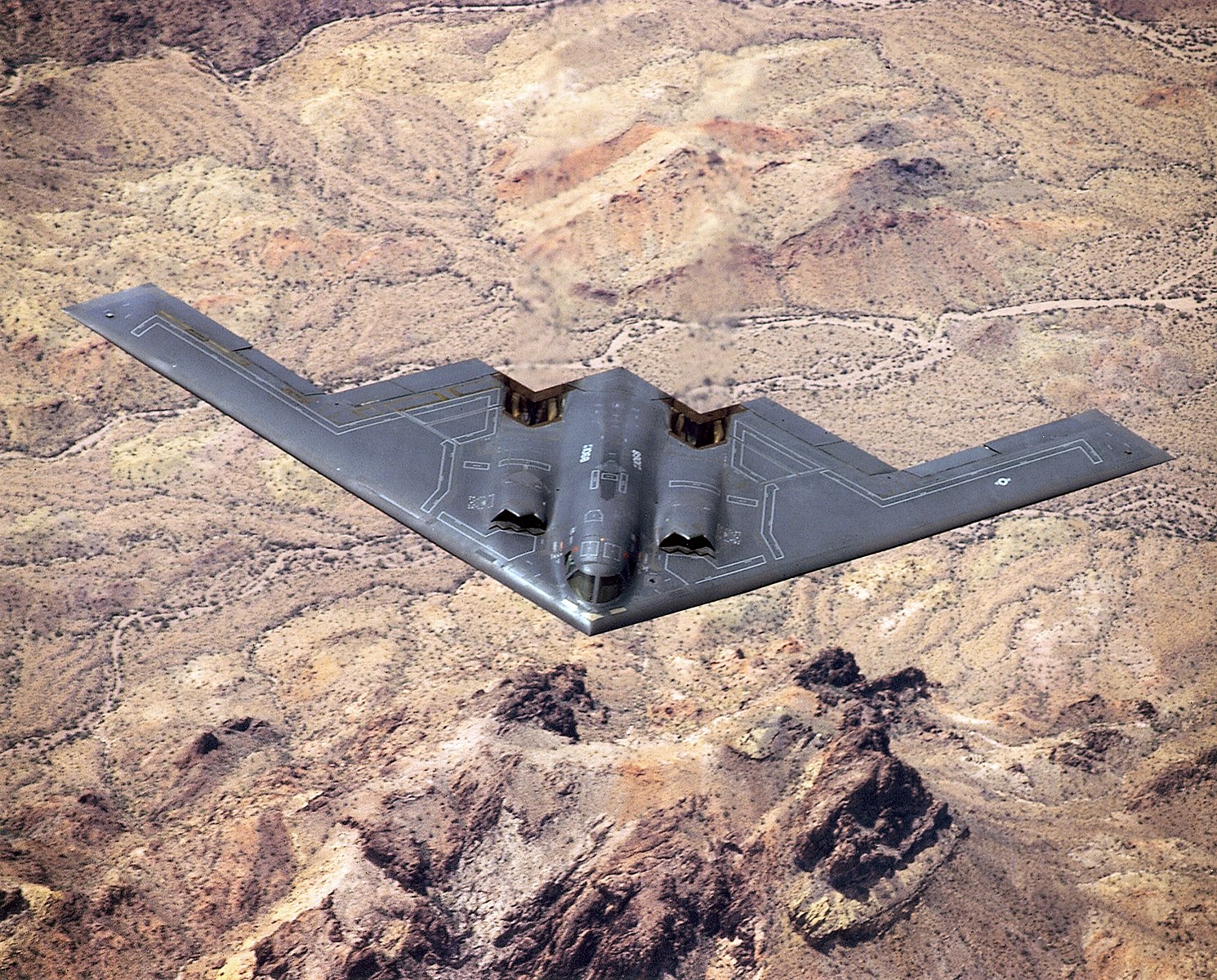
Notably, the oldest F-22 airframes were targeted due to the prohibitive costs of upgrading them for operational use. Maj. Gen. Peccia, previously cited as the Air Force’s deputy assistant budget secretary, indicated that upgrading the older F-22s would require an investment of $1.8 million over eight years.
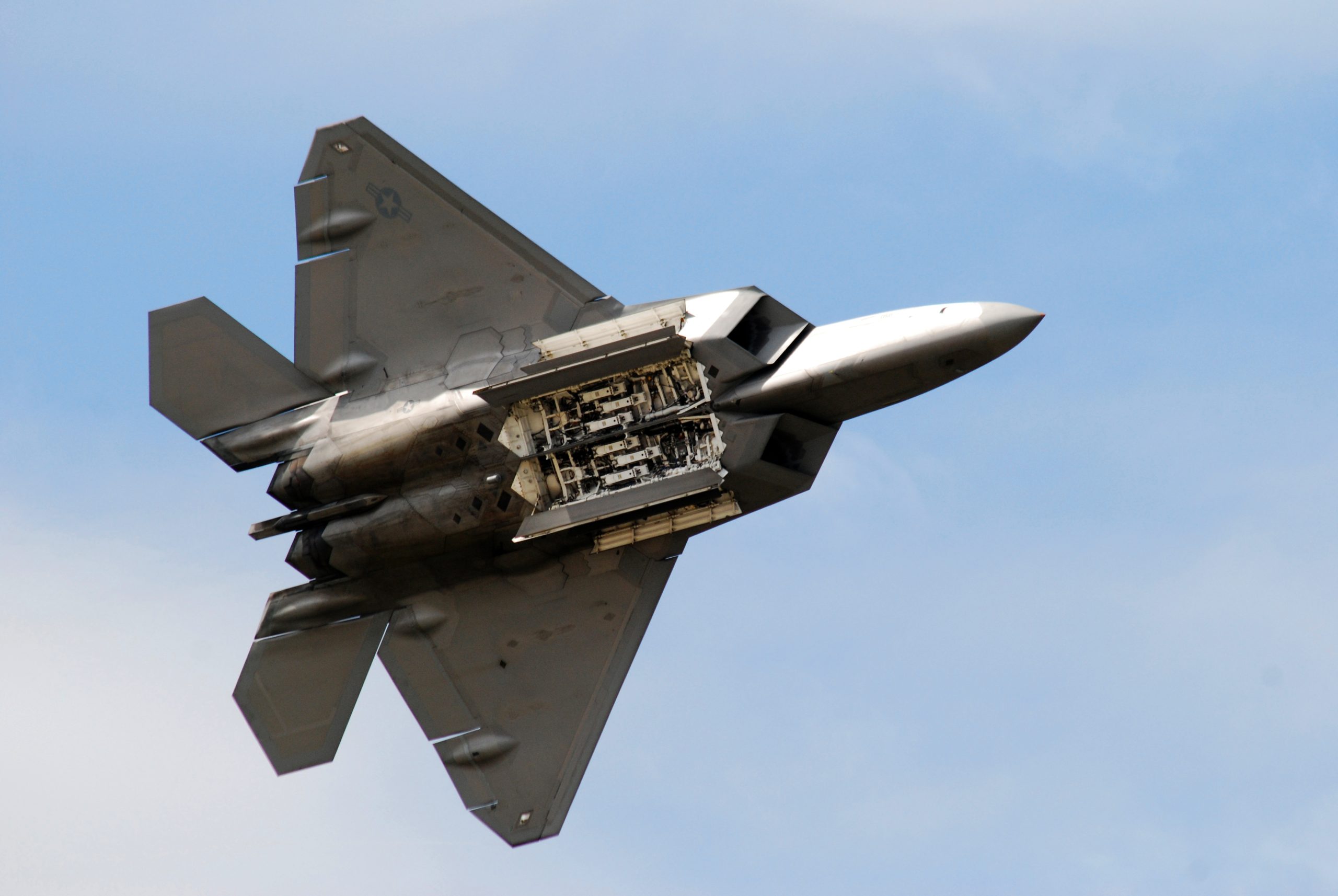
However, Congressional staffers expressed a keen interest in keeping these powerful jets as part of the U.S. arsenal, especially the F-22 Raptors, which they deemed “still the best air superiority jets we have in the world today.”
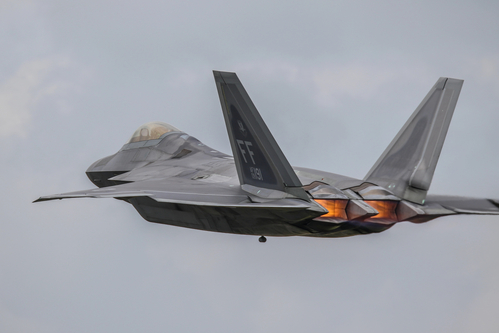
This is not the first time that Air Force officials have sought to divest the fifth-generation air superiority fighters from the fleet. In 2023, the service proposed retiring the Block 20 aircraft, which it argued were designed for training purposes and would be too expensive to make combat-capable.
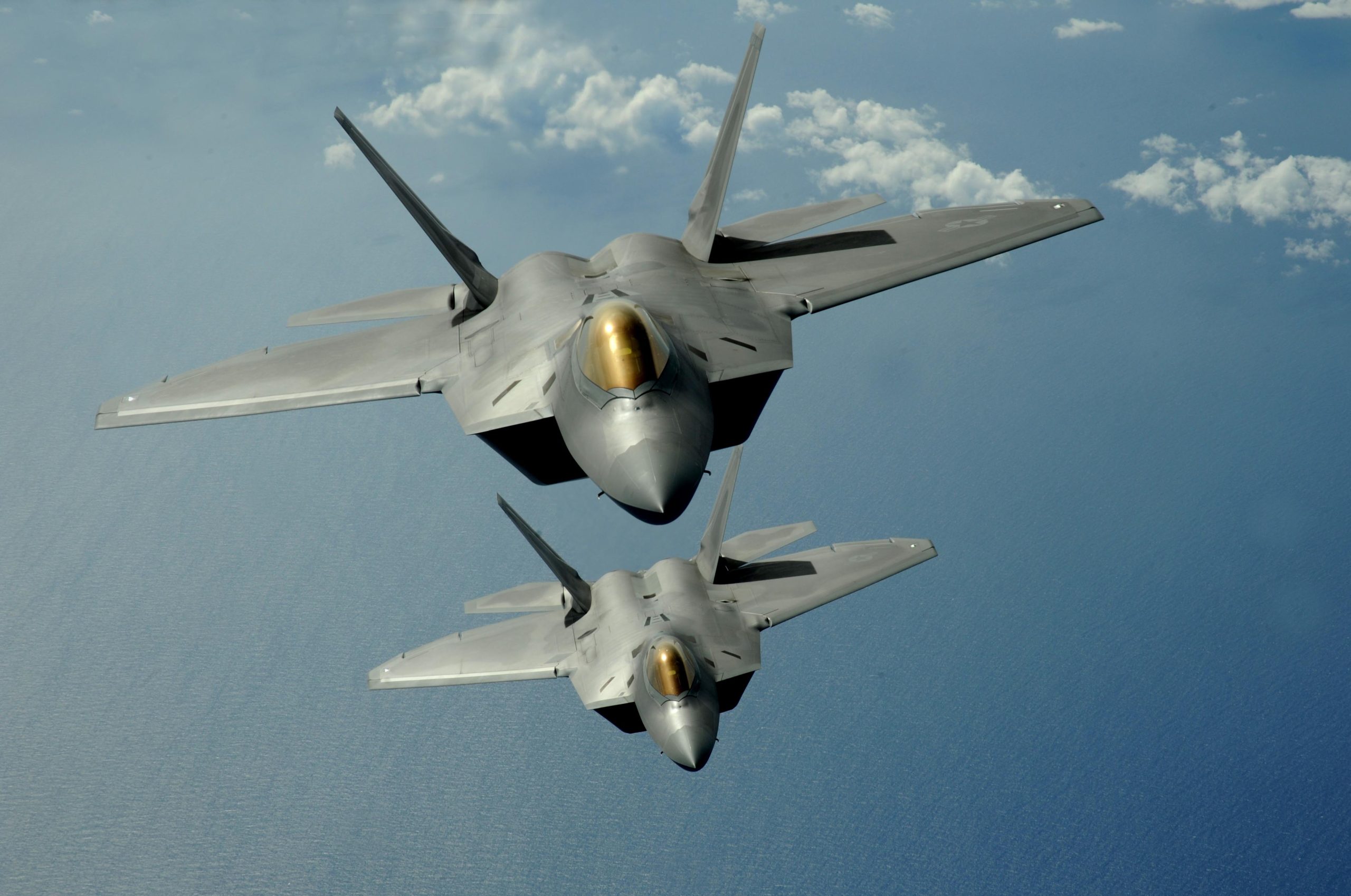
The F-15E Strike Eagles also saw a reprieve, as the FY25 NDAA intends to “prohibit the retirement of any F-15E tactical fighter aircraft, with certain exceptions, until the Secretary of Defense submits a fighter aircraft capability and requirements study.”
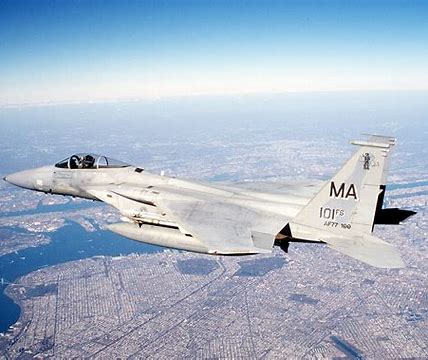
In 2025, the Air Force wants to eliminate 26 F-15E Strike Eagles with less powerful Pratt and Whitney F100-PW-220 engines.
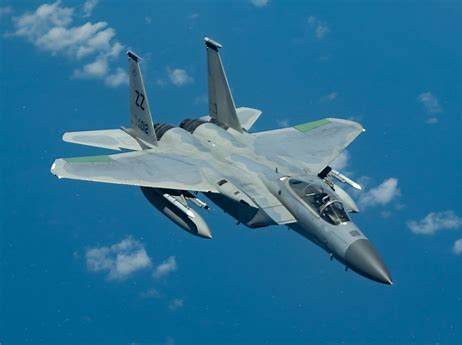
In a decision likely to please Boeing, the draft NDAA also suggests bolstering the fleet of the newer F-15EX Eagle II jets by authorizing $271 million for an additional 24 aircraft.

This move will increase the F-15EX fleet to 122 airframes, though this is still less than the originally planned 144.

As the defense community watches closely, the proposed legislation underscores the complexity of balancing cost savings with military readiness.

The F-15EX Eagle II, touted as an advanced fourth-generation jet, is expected to replace legacy Eagles at the 142nd Fighter Wing at Portland Air National Guard Base in fiscal year 2025, indicating a steady transition in the Air Force’s combat capabilities.

While the fate of the A-10 Thunderbolt II has been less controversial, with the retirement of 56 aircraft moving forward, the NDAA’s decision to inject funds for more F-15EXs highlights a keen interest in maintaining a robust and modernized fighter force.
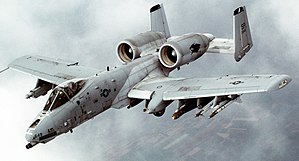
As debates continue over the strategic direction of the U.S. Air Force’s fleet, the potential implications of the FY25 NDAA are significant.
Relevant articles:
– 2025 National Defense Authorization Act To Stop Retirement Of Oldest F-22s and F-15Es, The Aviationist
– House bill would block F-22 retirements, keep buying Air Force F-15EXs, Defense News
– House Defense Bill Would Slow F, Air & Space Forces Magazine
– The U.S. Air Force Has 32 Non-Combat-Worthy F-22 Raptors That Can’t Retire, The National Interest

